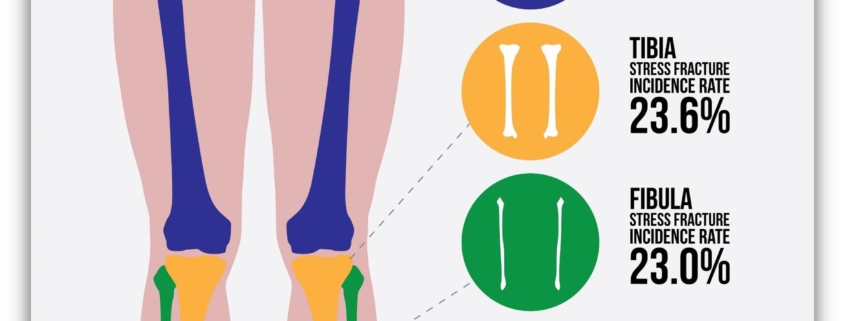Stress Fracture of the Hip

Overview
A stress fracture of the hip is a common, yet serious condition typically associated with repetitive stress or overuse of the hip joint. It can affect anyone but is most common among athletes or individuals who engage in high-impact activities like running or jumping. A stress fracture is a small crack in a bone that develops gradually over time.
Types
There are two main types of hip stress fractures:
1. Femoral neck fractures: These occur in the narrow area just below the ball of the hip joint. This type is more common in older people with weaker bones.
2. Intertrochanteric hip fractures: These fractures occur a little further down from the hip joint, in the part of the thighbone that is slightly wider. These are more common in younger people and athletes.
Causes
Hip stress fractures are primarily caused by overuse or repetitive activity stressing the hip joint. Risk factors include:
– Engaging in high-impact sports like running, football, or gymnastics
– A sudden increase in activity level or training intensity
– Having osteoporosis, which weakens bones
– Poor nutrition or eating disorders
– Hormonal imbalances
Symptoms
Symptoms of a hip stress fracture can range from mild to severe and may include:
– Persistent pain in the groin or hip area
– Increased pain with weight-bearing activity
– Swelling around the hip area
– Stiffness or reduced range of motion in the hip
– Tenderness to touch
Diagnosis
If you experience symptoms of a hip stress fracture, your doctor will likely perform a physical examination and may order diagnostic tests. These can include:
– X-rays: To look for fractures in the bone
– MRI or CT scans: To gain more detailed images of the hip and surrounding tissues, which can be useful if the fracture is not visible on an X-ray
– Bone scans: These involve injecting a small amount of a radioactive substance into the body, which collects in the bones and helps highlight any areas of damage.
Treatment Options
Treatments for a hip stress fracture aim to relieve pain, promote healing, and prevent complications. They can include:
1. Rest: This involves avoiding activities that put pressure on the hip.
2. Pain relief medications: Over-the-counter nonsteroidal anti-inflammatory drugs (NSAIDs) can help reduce pain and swelling.
3. Physical therapy: A physical therapist can provide exercises to improve flexibility, strength, and balance.
4. Assistive devices: Crutches or a walker may be needed for a short time to help you move around without putting weight on the injured hip.
5. Surgery: In some cases, surgery may be necessary to stabilize the fracture and promote healing. This usually involves inserting metal screws into the bone.
Living With Stress Fracture of the Hip
It is important to follow your doctor’s treatment plan and make necessary lifestyle changes to help manage a hip stress fracture. This may include:
– Taking prescribed medications as directed
– Wearing a brace or using crutches or a walker as advised
– Modifying your exercise routine to prevent further injury
- Eating a healthy diet rich in calcium and vitamin D to support bone health
– Avoiding smoking and excessive alcohol, which can weaken bones
When to Seek Help
If you are experiencing severe hip pain that worsens with activity or does not improve with rest, it is important to seek medical help immediately. A hip stress fracture is a serious condition that, if left untreated, could lead to complications such as chronic pain, decreased mobility, and in severe cases, a complete fracture of the bone.
